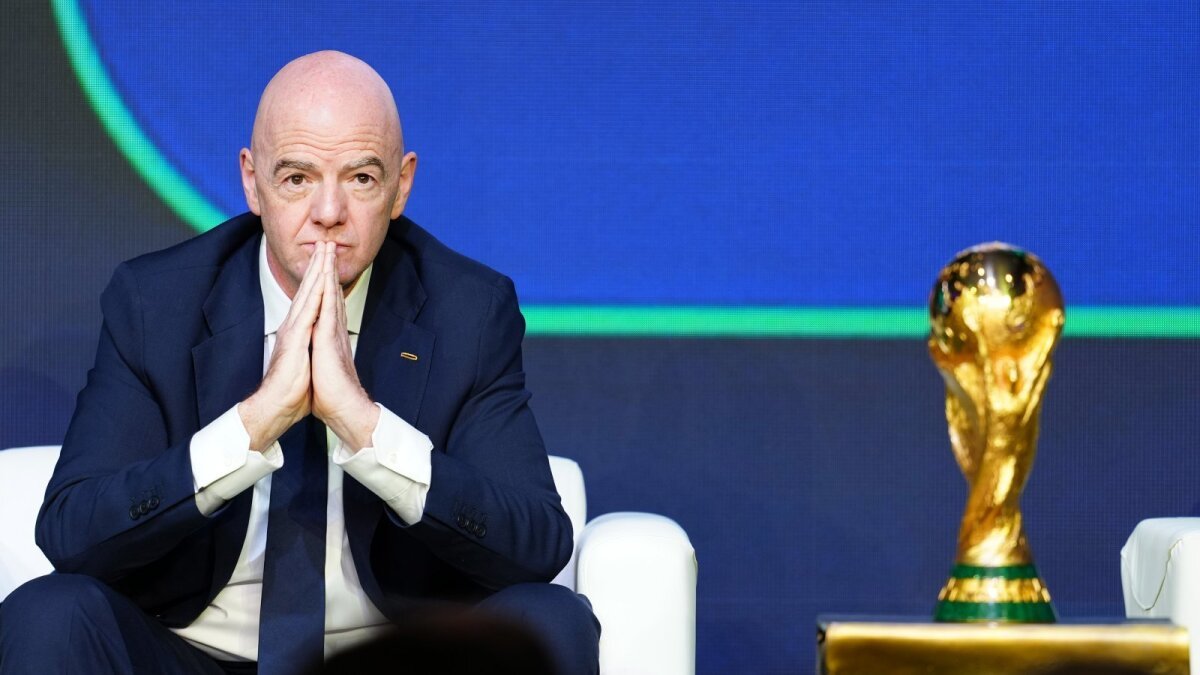Hynix to Sell off
It is anticipated that Hynix Semiconductor will sell off its core DRAM chip operations to Micron Technology of the United States, and remain as non-DRAM semiconductor company. If the remaining negotiation progresses as scheduled, the Hynix problem that has been one of the latent factors of the uneasy Korean economy will be solved.
The special committee on the structural adjustment of Hynix announced yesterday, "Hynix tentatively agreed to sell off the entire Hynix semiconductor business or DRAM business with Micron at the recent second negotiation meeting between Hynix and Macron in the U.S."
In relation to this, a high-ranking official of the special committee said, "The ongoing negotiations indicate that Hynix will sell off only the DRAM business to Micron."
Hynix decided to draw a proposal that includes details of negotiation by the end of next week, and to conclude the memorandum of understanding between the two companies based on the proposal during January in 2002.
It was known that Hynix would be able to conclude the official contract during the first quarter of the year (January through March) since the negotiations are progressing easily.
According to the draft on the selling off of the DRAM business, Hynix separates 6 or 7 FAB from 13 FAB, which produce DRAM only, and sells them to Micron. Five `blue chip FAB` of Cheongju factory, Ichon factory, and the Eugene factory in the U.S. are included.
Micron will run into the debt worth of DRAM business out of the Hynix debt amounting to 11.6 trillion won. In this case, the exchange of shares will not take place. Micron plans to establish a separate corporation called `Micron Technology Korea` that will manage the facilities in Korea.
Hynix is to completely give up the DRAM business. The business area of Hynix will be smaller as it begins to specialize non-DRAM business including SRAM and flash memory based on the remaining facilities.
The creditor organization of Hynix will still remain as the major shareholders of Hynix, and Micron will be the second major shareholder by investing 19.9 percent of shares separately. The creditor organization will receive the Micron stocks as the price for selling off, and will hand over a big portion of debts to Micron.
Young-Hae Choi yhchoi65@donga.com







